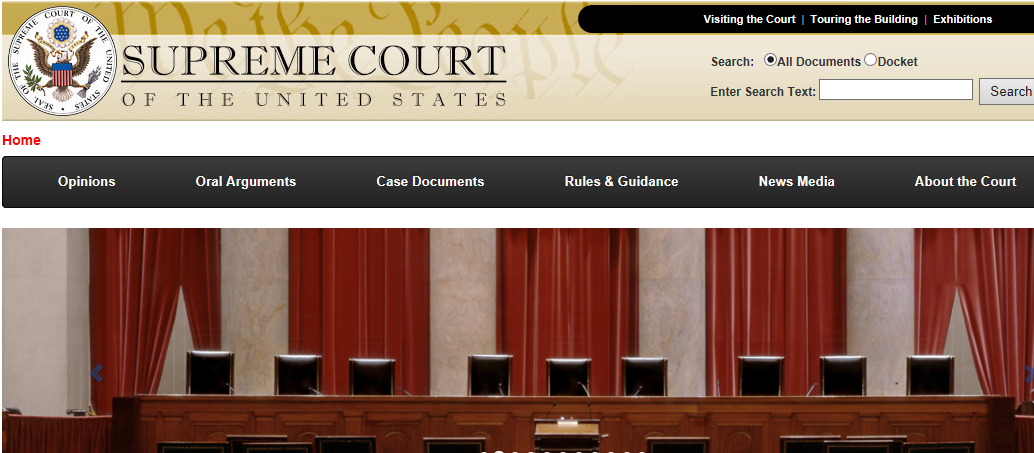
- Secret Lives of the Supreme Court: What Your Teachers Never Told You About America’s Legendary Justices
Robert Schnakenberg, KF8744 .S3 2009
Several years ago, I had the privilege of being sworn into the United States Supreme Court Bar. It was the day after Justice David Souter was mugged.
As watched the justices take their seats, I was reminded that the justices were mere humans. They rocked back and forth in their large imposing chairs, tapped their fingers impatiently, and in one case, I saw a justice, who shall remain anonymous, take a short nap.
The humanity and the humor of the SCOTUS (Supreme Court of the United States) is captured in Robert Schnakenberg’s latest book, Secret Lives of the Supreme Court: What Your Teachers Never Told You About America’s Legendary Justices.
Schnakenberg exposes these wizards behind the bench. For example, in Secret Lives, we learn that Sandra Day O’Connor created the court’s first Jazzercise class; Thurgood Marshall was hooked on soap operas; and that one of the justices was a member of the KKK. To learn more fun facts, just pick up this title at Brooklyn Law School Library.
While it is true that some SCOTUS historians have panned Schnakenberg’s book, they seems to assume that this title is intended to be “serious literature.”
This book might be just what aspiring lawyers and hard working law school professors need. Especially to prepare for the Senate’s upcoming debate and vote on the nomination of Judge Sonia Sotomayor to the Supreme Court. I submit that this book is just the antidote: fascinating romp into the powerful halls of SCOTUS, filled with large doses of sophomoric humor. We all deserve a good laugh!
Robert Schnakenberg lives in Brooklyn, New York. He is the author of more than a dozen books, including Distory: A Treasury of Historical Insults, Sci-Fi Baby Names, Secret Lives of Great Authors, and The Encyclopedia Shatnerica—the world’s first A-to-Z guide to the life and career of William Shatner.



